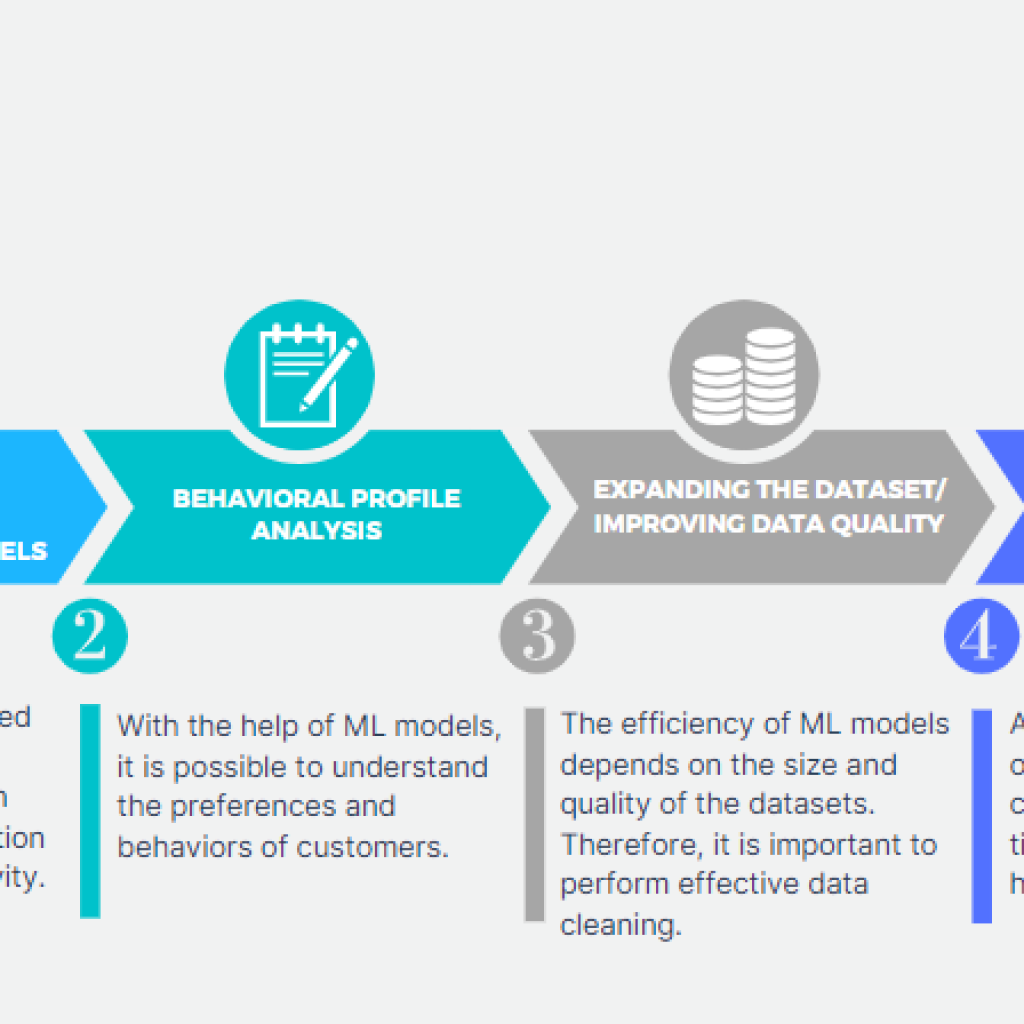Over the past months, the rapid advancements in large language models and generative artificial intelligence (AI) have surprised intelligence agencies. At the Intelligence and National Security Summit, officials from the “big six” intelligence agencies acknowledged the need to harness AI for good while protecting against its misuse. The National Security Agency (NSA) is creating an AI roadmap to guide its internal use of these technologies. The intelligence community is exploring various use cases, and an AI roadmap, emphasizing simulations, wargaming, and maximizing the creative capacity of its workforce.
Exploring AI applications
The CIA and NSA are actively exploring using large language models in areas such as creativity, content generation, and summarizing large amounts of information. The CIA envisions an AI roadmap, the possibility of generating first drafts that can be edited, as well as performing question-and-answer tasks against a corpus of documents. However, large language models have limitations due to the cost and static nature of training. The agencies are also researching other methods, such as reinforcement learning and extreme machine learning, to address the dynamic information landscape and improve response speed and scalability.
Intelligence agencies face challenges related to privacy laws, data restrictions, and the air-gapped nature of their systems. As their networks are separate from the internet, integrating large language models and optimizing their usage becomes a priority. Additionally, understanding the data feeding the models and ensuring ethical and tradecraft-compliant machine learning algorithms are essential. The agencies are concerned about the black box nature of large language models and the need to comprehend their behaviors, limits, and boundaries when operating at scale.
Policy and oversight
Congress is recognizing the importance of AI and considering new laws to regulate its use within the intelligence community. The fiscal year 2024 Intelligence Authorization Act, proposed by the Senate Select Committee on Intelligence, would require the director of national intelligence to establish policies governing AI use across spy agencies. These policies would include guidelines for evaluating model performance and standards for data used in model training. An update to the 2019 AI strategy for the intelligence community, known as the Augmenting Intelligence using Machines (AIM) initiative, is also deemed necessary.
The intelligence community acknowledges the significant acceleration in AI development and its potential impact on society. The NSA’s efforts to create an AI roadmap reflect the agencies’ determination to leverage AI technologies effectively while ensuring responsible use. Simulations, wargaming, and empowering individual officers with AI capabilities are expected to shape the future of intelligence operations. As policymakers and agencies continue to grapple with the challenges and opportunities presented by AI, an updated strategy and clear guidelines will be crucial for harnessing the full potential of these technologies.





